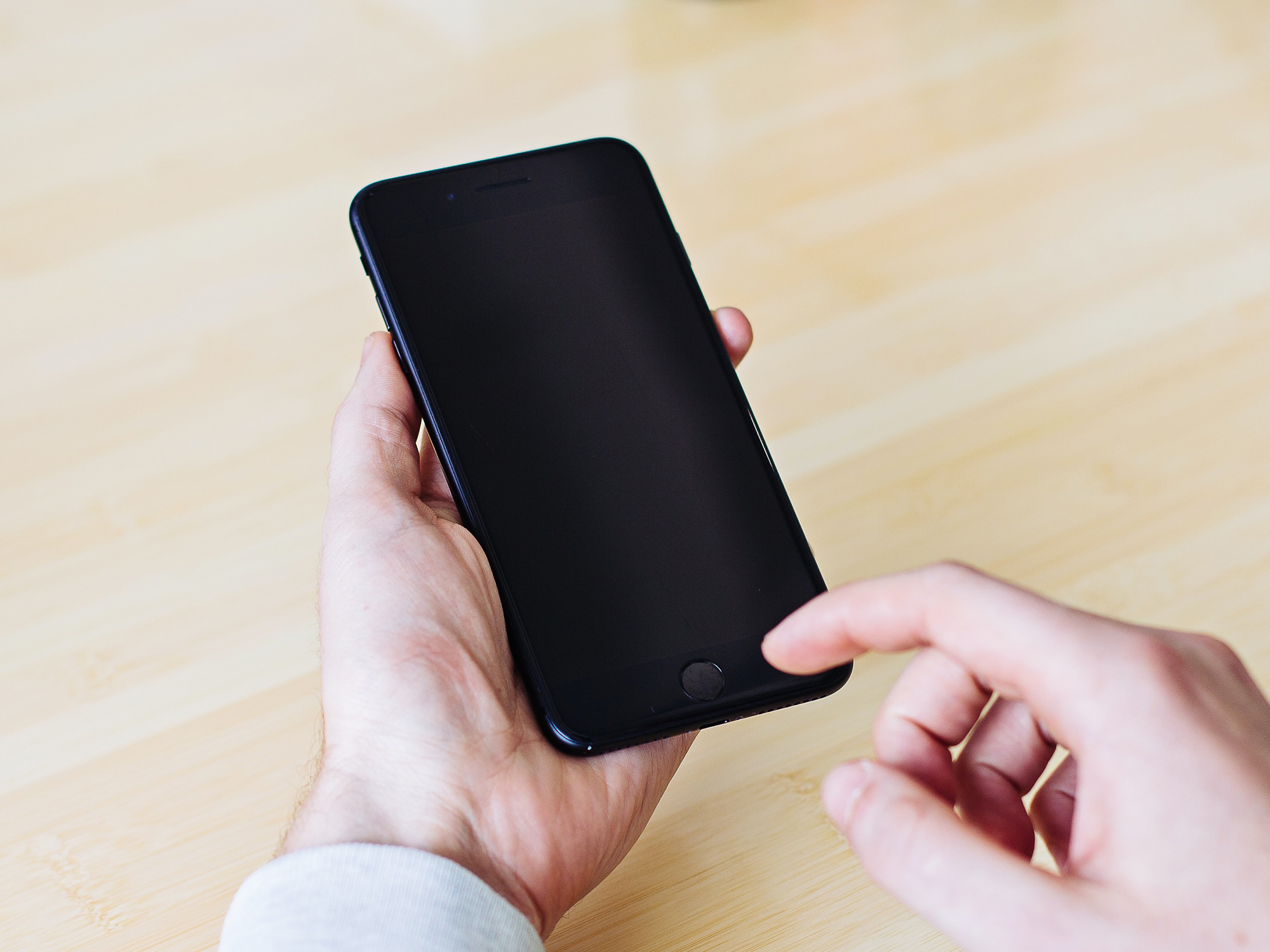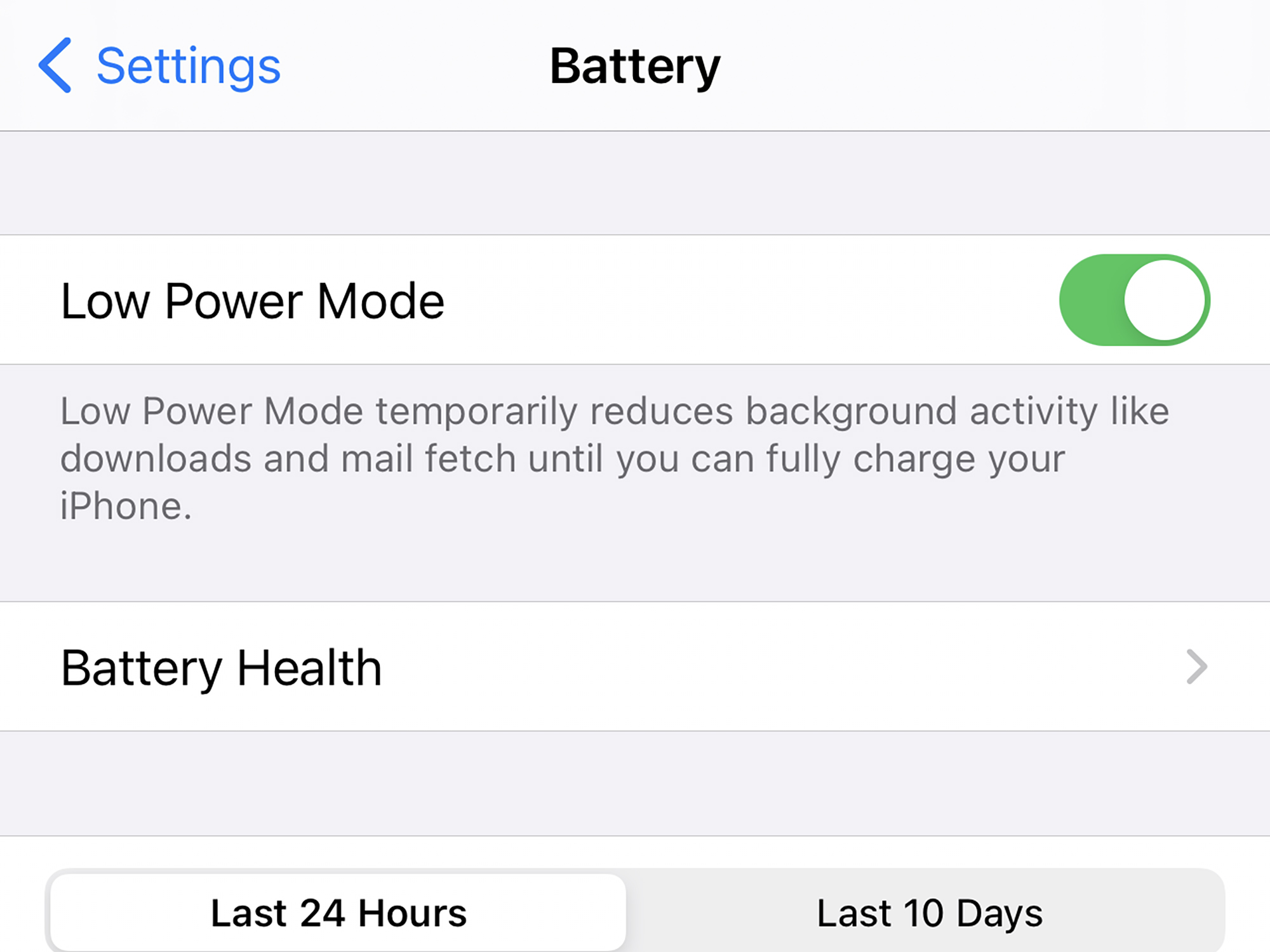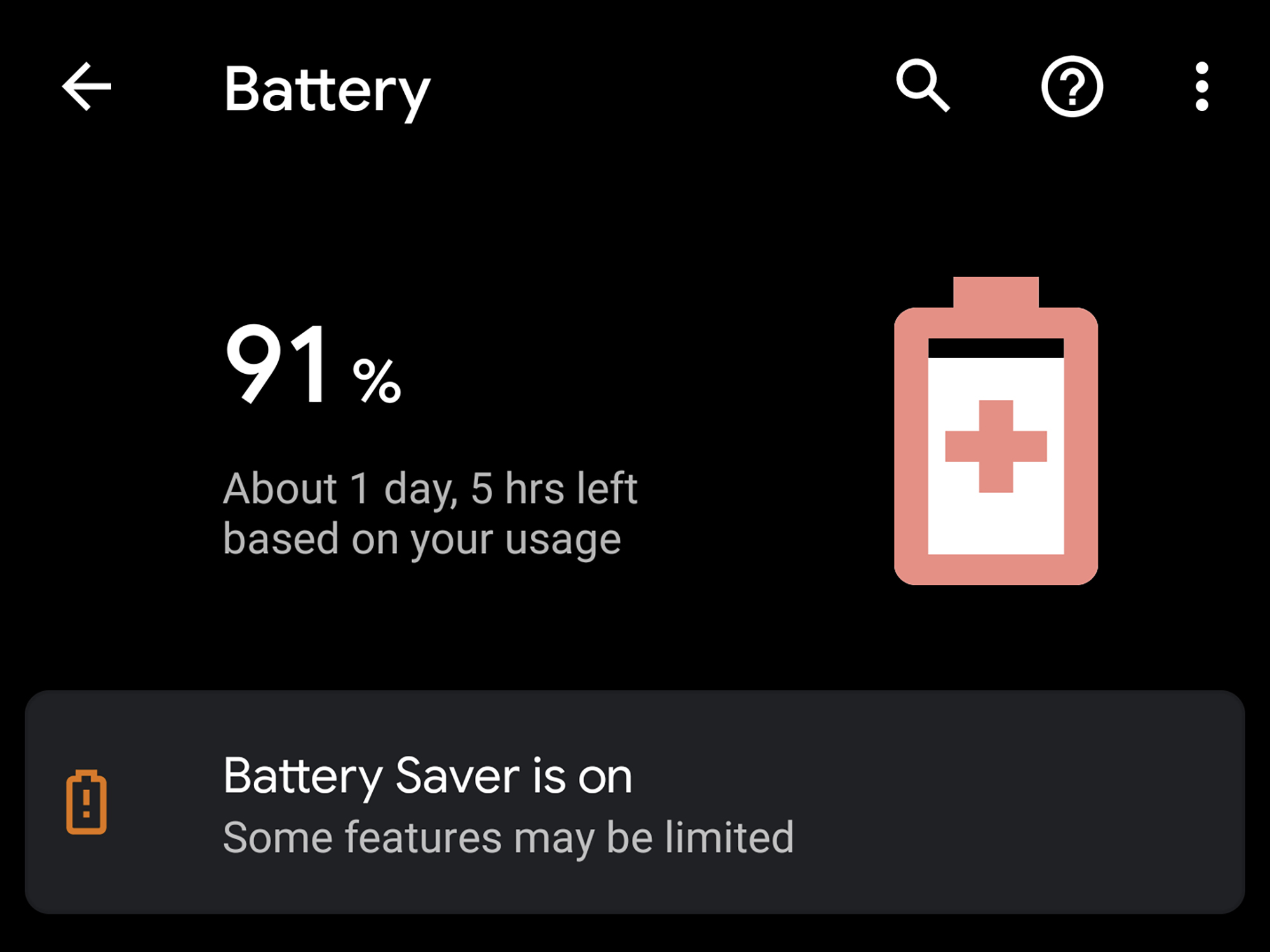

Smartphone battery life is a precious resource: If you don’t manage it carefully, you might find yourself unable to make calls, take photos, or check social media by the end of the night. A dead phone is pretty much useless until you can find a charging point.
To extend your phone’s battery capacity, Android and iOS each have a special power-saving mode that helps your handset hang on just a little longer.
This mode will automatically kick in when your battery level drops below a certain point, but you can customize where that trigger is, and even turn the mode on manually if you’re happy with the compromises it makes.
What does low power mode do?
So, what’s the catch? Low power mode reduces the amount of juice your device needs, so it’s not quite running on all cylinders. It works in more or less the same way whether you’re on an iPhone or an Android phone.
Screen brightness is a big battery drain, and low power mode will dim your display accordingly. It will also reduce the time your phone waits before going to sleep, which, again, helps ease the pressure on the battery.
[Related: Extend your phone’s battery life with these four easy steps]
Any kind of constant checks or refreshes that your phone does drains its battery. Going into low power mode means your phone will run these tasks less often—registering incoming emails or updating news stories, for example. Your phone will also disable background uploading and downloading in most apps, so your photos and videos won’t sync with the cloud while battery-saving measures are in effect. You won’t be able to use a “Hey Siri” or a “Hey Google” voice command, either.
Another major battery suck is 5G connectivity. If you turn on low power mode with a 5G phone, it will revert back to 4G.
Even though the basics are the same, there are a few differences between how Android and iOS apply low battery mode. On Android devices, for example, dark mode turns on right away—this doesn’t happen on iPhones. On iOS, the software disables some of the “visual effects” it uses, but Apple doesn’t specify which effects are switched off.
Low Power Mode on iOS

Low Power Mode for iOS doesn’t turn itself on automatically, but your iPhone will prompt you to enable it via a pop-up dialog box once its battery level hits 20 percent. The mode does automatically turn itself off though—once you’ve got your handset back up to 80 percent charged.
You can turn Low Power Mode on or off any time you like, though, by opening Settings, then tapping Battery and activating the toggle switch next to Low Power Mode. You can also add a Low Power Mode shortcut to the iOS Control Center: from Settings, open Control Center and tap the green plus icon next to Low Power Mode.
With the mode enabled, the battery icon in the status bar will be yellow. Swipe down from the top right-hand corner of the screen to open the control center and see the current battery level, or go back to the Battery section within Settings and activate the toggle switch next to Battery Percentage to keep the number visible at all times. The main battery settings screen will also show you the apps that are the worst offenders in terms of power drain.
Not all of the changes Low Power Mode makes are locked in place. You can, for example, ramp the brightness back up via the brightness shortcut in the Control Center or the slider under Display & Brightness in Settings. Other changes to the settings, like the length of time it takes for the screen to automatically lock and the extent to which apps can be active in the background, can’t be reconfigured.
Battery Saver on Android

The stock version of Android that runs on Google Pixel phones features Battery Saver. Your device will prompt you to enable it when the battery level drops to 15 percent, and then again at 5 percent if you still haven’t turned it on. By default, the mode automatically disables itself once the charge reaches 90 percent.
To turn Battery Saver on manually, go to Settings, choose Battery, then Battery Saver from Android Settings. Tap the toggle switch next to Use Battery Saver to enable the mode, or choose Set a schedule—this will let you specify what power level will trigger Battery Saver, from 10 to 75 percent. You can also get Android to automatically enable its low power mode if it thinks your phone won’t make it to the next charge, based on previous usage habits. To set this up, tap Extreme Battery Saver on the same screen and then When to use. You can opt to disable it completely, have it always on, or have your device ask you every time. For fast access, you can find an on-off toggle switch in Quick Settings (swipe down from the top of the screen with two fingers). If it’s not there, tap the edit button (it looks like a pen) and manually add it to the Quick Settings menu.
[Related: 4 ways to keep your Android phone from dying]
With Battery Saver on, dark mode turns on and the battery icon in the status bar gets a red outline. Swipe down from the top of the screen to see how much time Android estimates the battery will last; if you go back to the Battery screen in Settings, you can see this estimate and turn on a percentage reading for the battery in the status bar.
Android being Android, you’ll see different battery-saving options on different phones, though they all work in a similar way. On Samsung phones, for example, open Settings, tap Battery and device care, Battery, and then Power saving mode to choose how aggressively the phone manages the battery. As you switch between modes, you’ll be able to configure some of the settings used, such as display brightness.
Correction April 30, 2021: The story previously reported that it was possible to change the auto-lock time while in Low Power Mode for iOS. That is not possible.
This post has been updated. It was originally published on December 2, 2020.
